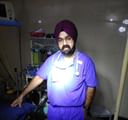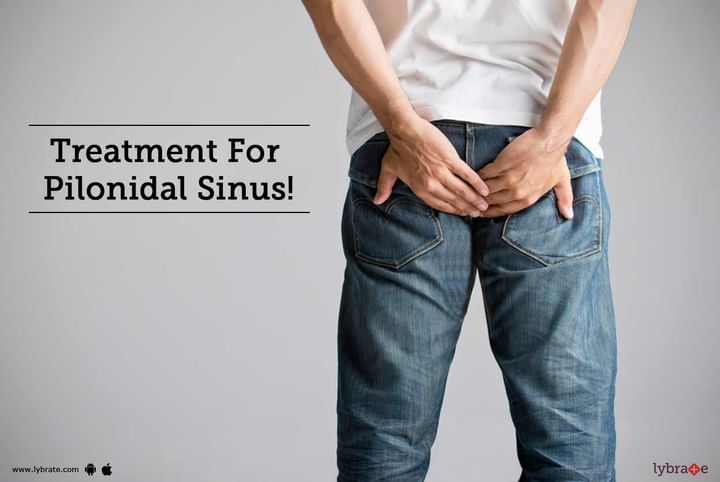Treatment For Pilonidal Sinus!
Pilonidal Sinus is the small channel in your skin near the tailbone that may sometimes be filled with pus or fluid. This accumulated pus leads to the formation of abscess or cyst. Pilonidal cysts occur near the coccyx or tailbone, right at the top of the buttock crease. Pilonidal sinus consists of dirt, hair and debris that penetrates your skin, becomes embedded and thereby causes infection. Once the cyst gets infected, you may see blood or pus oozing out of the channel, which causes severe pain.
Pilonidal sinus usually affects men and young adults (after puberty). This type of skin disease is mostly observed in people who sit for a prolonged period, such as desk-job workers, truck drivers etc.
What are the causes and symptoms?
Doctors suggest pilonidal sinus or cysts is caused due to factors such as - hormonal changes during puberty, friction resulting from wearing tight clothes, prolonged sitting, hair growth etc. The hair growing in the region is forced to burrow back beneath your skin. In certain cases, the patient may develop multiple sinuses which connect under the skin.
The signs and symptoms of pilonidal sinus include-
• Pain when standing or sitting for long
• Swelling of the cyst
• Redness and soreness around the affected skin
• Formation of multiple holes (sinus tracts) in the skin
• Foul odor
• Blood or pus oozing out of the abscess
• Hair sticking out of the lesion
Pilonidal sinus can be embarrassing and painful if left untreated for long.
What is the treatment for this condition?
Pilonidal sinus usually goes away on its own, without medical intervention. However, if the cyst becomes infected, it may have to be operated or drained. The commonly used treatment procedures are-
• Conservative treatment - if the condition is diagnosed at an early stage, your doctor will prescribe a broad-spectrum antibiotic to treat a broad range of bacterial infection. This will relieve you from the pain and discomfort resulting from infection.
• Lancing - this procedure involves using a scalpel to open the abscess. Your doctor will give you an anaesthetic prior to the operation. The channel is then cleaned properly to drain out blood, pus or hair. The wound is packed with a sterile dressing and left to heal. It usually takes about a month for the wound to heal, after which no further treatment is required.
• Phenol injections - for this procedure, first and foremost, your doctor will give you anaesthetic so that you don’t feel any pain. A chemical compound known as Phenol is injected into the cyst. Phenol acts as an antiseptic and is used to harden and eventually close the lesion. This procedure needs to be repeated multiple times to achieve the desired result.
• Surgery - if the pilonidal sinus tends to recur, or if you develop multiple sinus tracts, the most preferred choice of treatment is surgery. The surgeon will open the lesion, remove the debris and pus, and then suture the wound. You will be given an anaesthetic prior to the surgery, and once the treatment is done, you will need to change the dressing more often.
If you suffer from pilonidal sinus, you will also need to maintain good hygiene. Make sure you clean and wash the area with a mild soap, and rinse properly. If your job requires you to sit for a prolonged period, take a break in between your work. Avoid wearing skin tight clothes. Adopting these measures will help prevent the occurrence of pilonidal sinus.



+1.svg)
